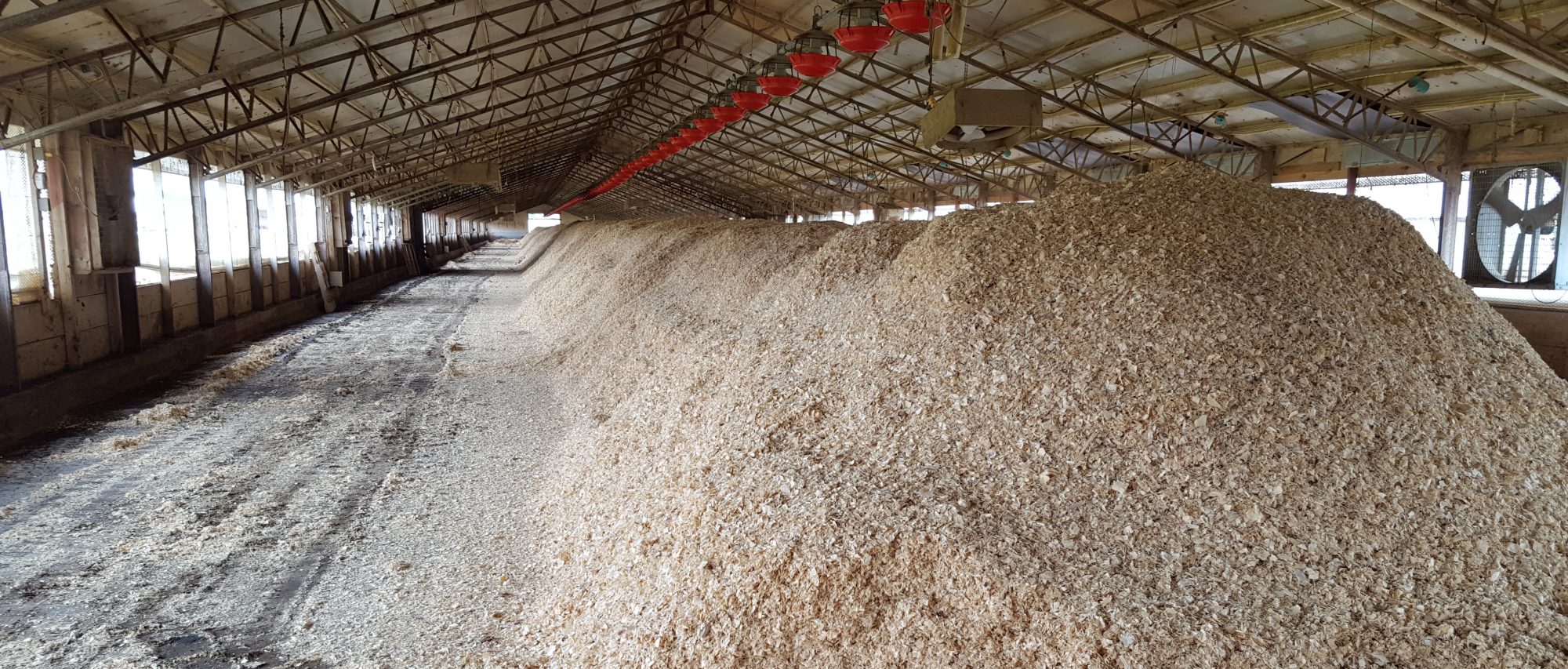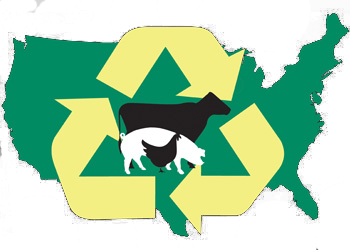How Could Climate Change Impact Grazing Livestock?
Predictions that global population will reach nine billion persons by the mid-21st century, combined with the rising middle class in Asia, increases the demand for animal protein production. Concurrent with the increasing human population is the continued directional rise in atmospheric carbon dioxide (CO2) which just passed the 400 parts per million volume level. Projections are that this concentration will increase to 550 parts per million volume by the end of the 21st century. Increases in greenhouse gases (like CO2) can lead to 1) increasing temperatures, 2) influencing patterns and amounts of precipitation, 3) raising the sea level and 4) increasing the acidity of oceans. For vegetation, increases in CO2 atmospheric concentrations result in greater water use efficiency, changes in species composition with “weedy” and “invasive” plants benefiting at the expense of native species, enhanced aboveground primary production, and lower forage quality. The predicted warmer air temperatures and associated longer growing seasons (i.e., earlier start of spring and later falls) should lead to an increased frequency and intensity of wildfires, as well as greater pest abundance and spread of disease. As the frequency and intensity/severity of extreme events (e.g., droughts) increases, animal heat stress is expected to become more problematic leading to reduced animal performance and as a result less livestock production.
Related: See the other presentations in this Western Region symposium (cattle selection, policy, climate hubs, ag outlook)
What Is Adaptive Management?
Although livestock managers have historically dealt with drought conditions (e.g., Dust Bowl year of the 1930s, the mid 1950s drought, and the 1988 drought), current efforts associated with the dry years of the early 21st century demonstrate that there is a need for adaptive management to increase resiliency of the rangeland vegetation and sustainability of rural communities and economies. Adaptive management necessitates that 1) adjustments are made when temporally appropriate (both within and across years), 2) experiential and experimental knowledge is blended to provide sufficient capacity for flexibility with predicted long-term droughts that are more intense/severe, as well as “flash” droughts like the one experienced across a wide swath of the US in 2012, and 3) spatial and temporal variability are embraced rather than looked at as negatives. Key for livestock managers is how to increase flexibility in management to adapt to increasing weather variability associated with a changing climate. For many managers, matching animal management with intrinsically high inter- and intra-annual variability in forage production is difficult due to inherent maintenance of herd genetics and the lack of a proactive national drought policy. For example, although a majority (60%) of ranchers in Wyoming have a drought management plan, that still leaves 4 in ten ranchers without a pre-plan to shape management decisions when drought occurs (Kachergis et al. 2014).
Proactive (i.e., preparation) and reactive (i.e., response) drought management strategies are showcased in Figure 1 (per Kachergis et al. 2014).

Figure 1. Proactive and reactive drought management strategies employed by Wyoming ranchers (from Kachergis et al. 2014).
Proactive strategies embrace 1) reserve forage supply and/or 2) varying stocking rate with forage supply, whereas reactive strategies address 1) reducing forage demand, 2) increasing forage supply and/or 3) increasing income, often from off-ranch sources or governmental drought declaration financial assistance. For proactive strategies, grassbanking, incorporating yearling livestock into the enterprise, and using seasonal weather predictions to adjust stocking rate are all practices that are currently limited in use (< 30% of the managers), but have high potential to increase drought management flexibility. This is important to managers as 40% of the ranchers surveyed in Wyoming thought that drought would be more influential in their management plans in the future compared to the past (Kachergis et al. 2014). For dealing with the temporal variability of forage production for livestock grazing, managers can implement adaptive management to 1) manage for reserve forage through conservative stocking rates and grassbanking, 2) match cattle numbers to forage availability by proactively developing enterprise capacity to quickly remove/add grazing animals, or add forage quickly through leasing land, purchasing feed or implementing regional risk reduction strategies such as cooperative arrangements with managers in other regions of the US to move cattle, and 3) understand sources and scales of variability at the ranch/landscape/regional levels due to soils, topography and rainfall.
Related: Agricultural Environmental Management Systems
Author
Justin D. Derner
USDA-Agricultural Research Service, Rangeland Resources Research Unit, Cheyenne, WY USA 82009
Literature Cited
Kachergis, E., J. D. Derner, B. B. Cutts, L. M. Roche, V. T. Eviner, M. N. Lubell, and K. W. Tate. 2014. Increasing flexibility in rangeland management during drought. Ecosphere 5:1-14.
The authors are solely responsible for the content of these proceedings. The technical information does not necessarily reflect the official position of the sponsoring agencies or institutions represented by planning committee members, and inclusion and distribution herein does not constitute an endorsement of views expressed by the same. Printed materials included herein are not refereed publications. Citations should appear as follows. EXAMPLE: Authors. 2015. Title of presentation. Waste to Worth: Spreading Science and Solutions. Seattle, WA. March 31-April 3, 2015. URL of this page. Accessed on: today’s date.

